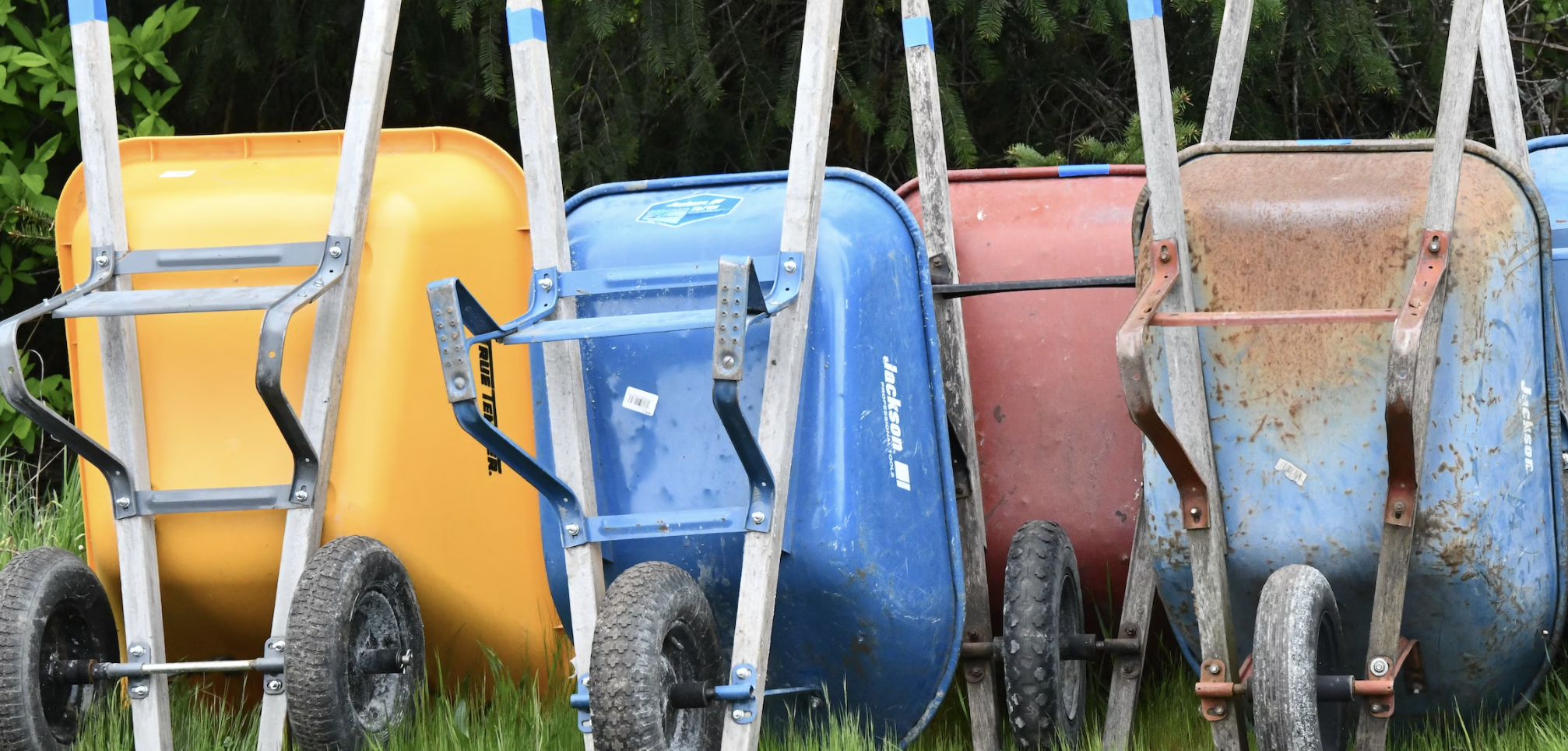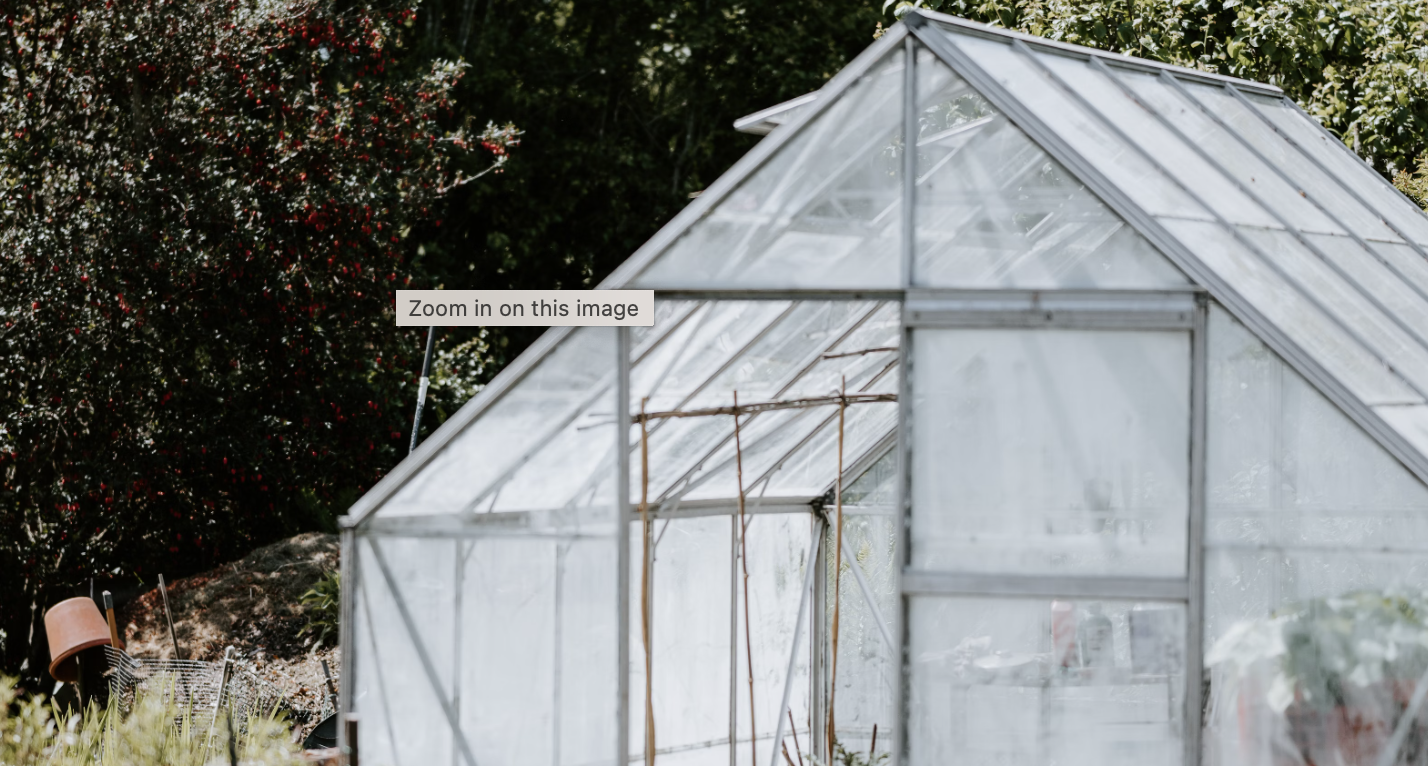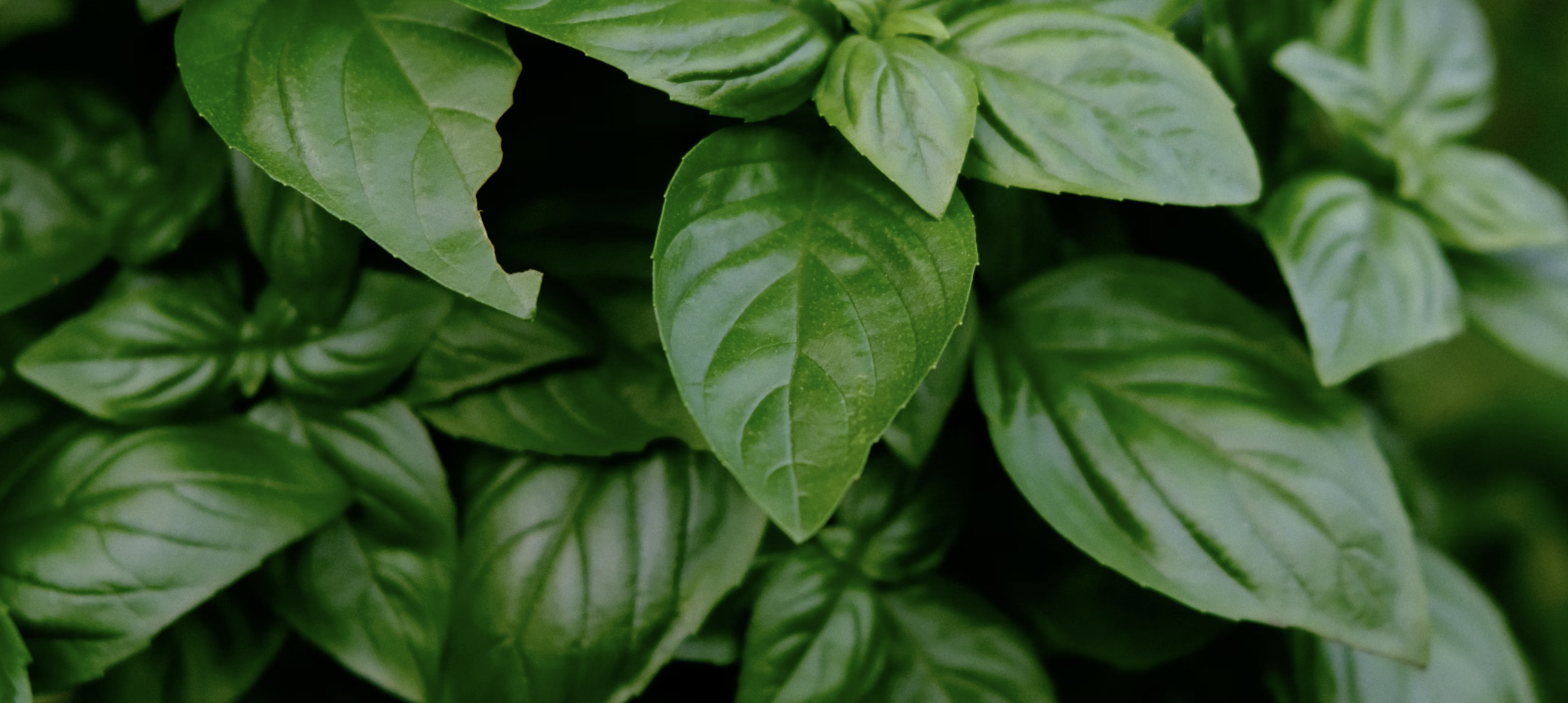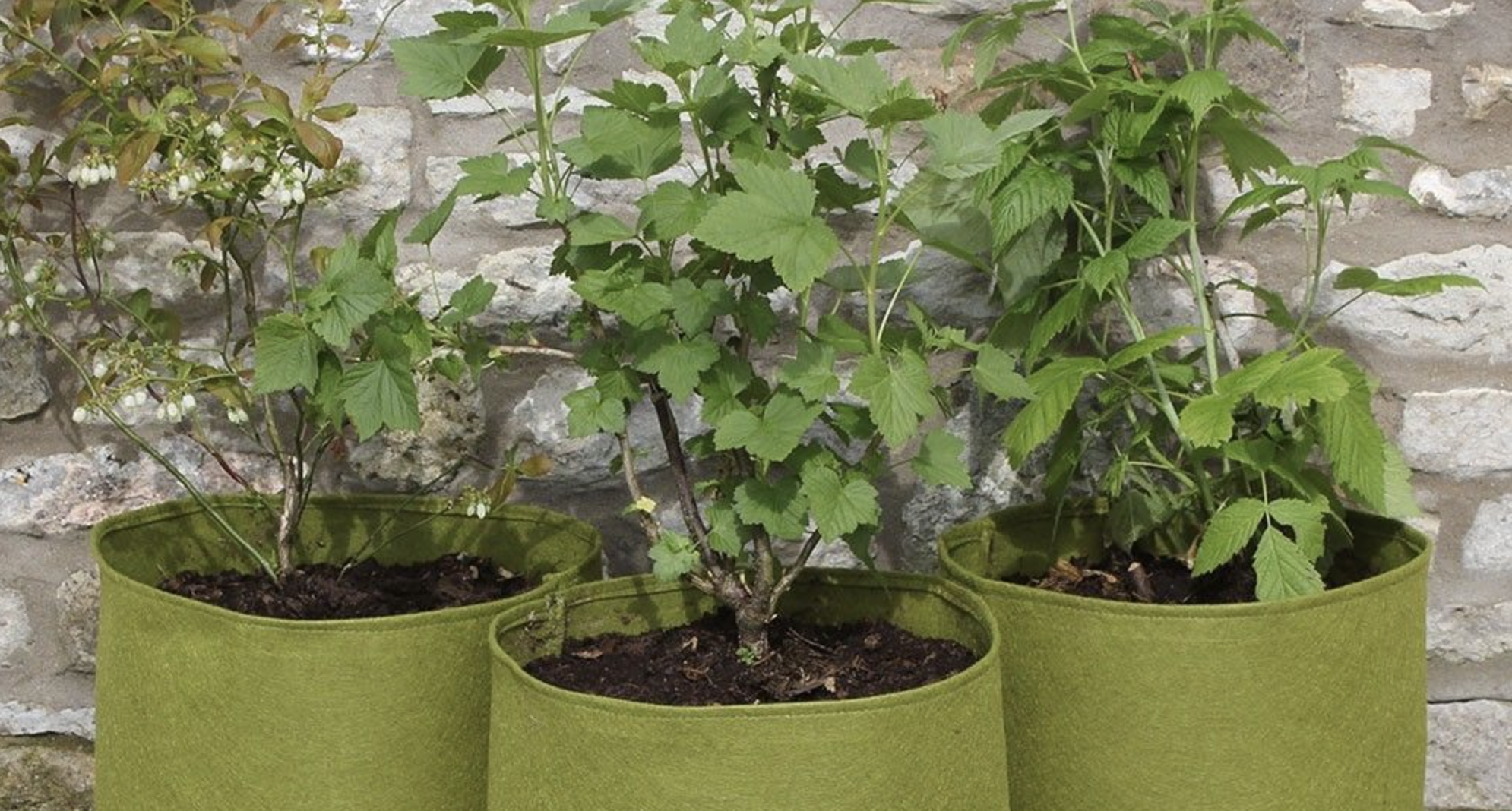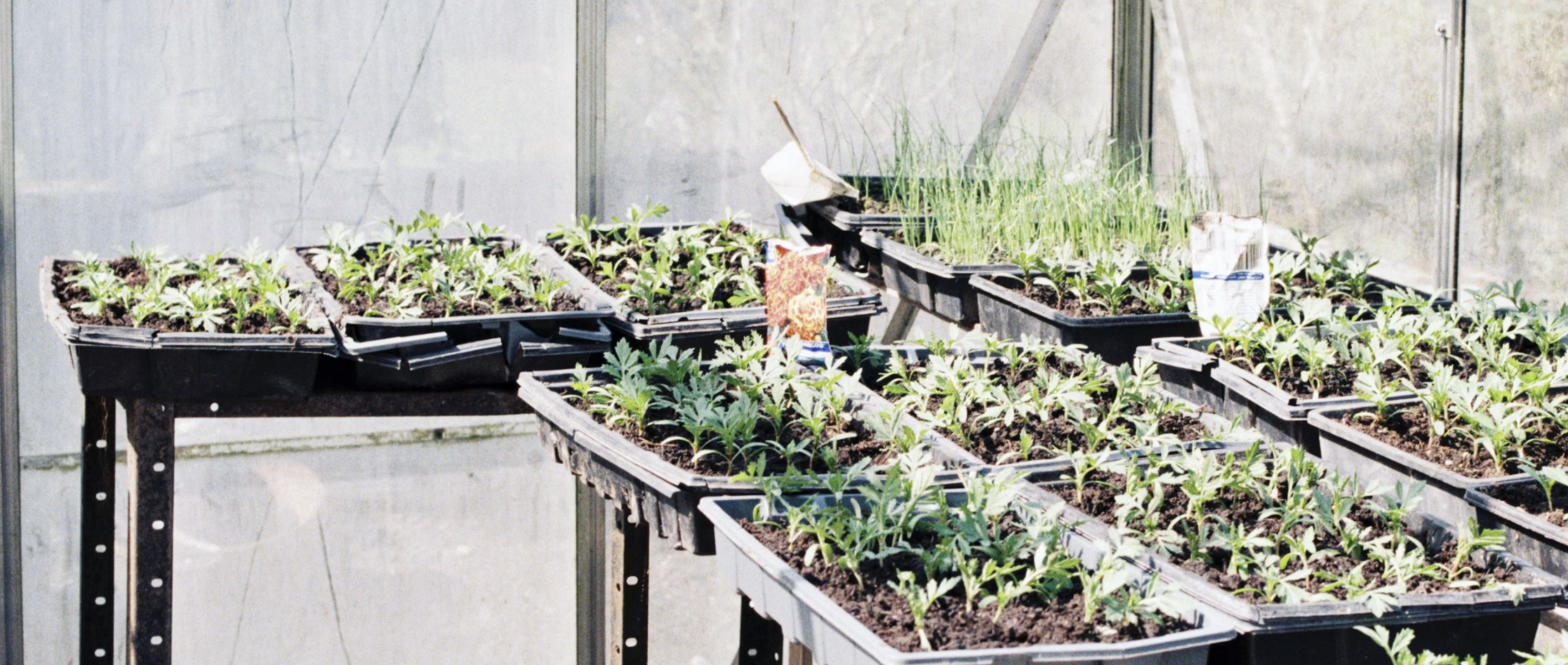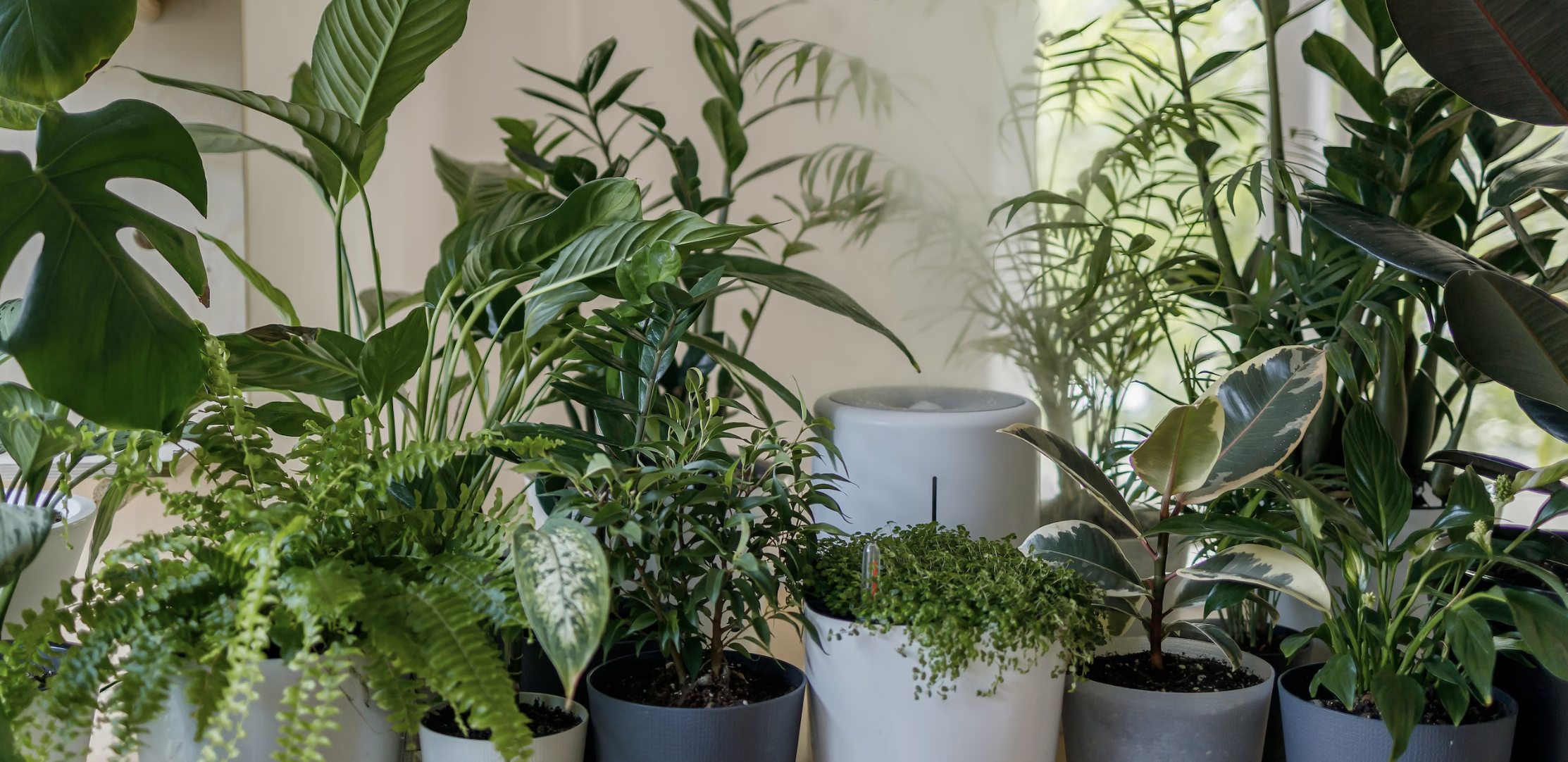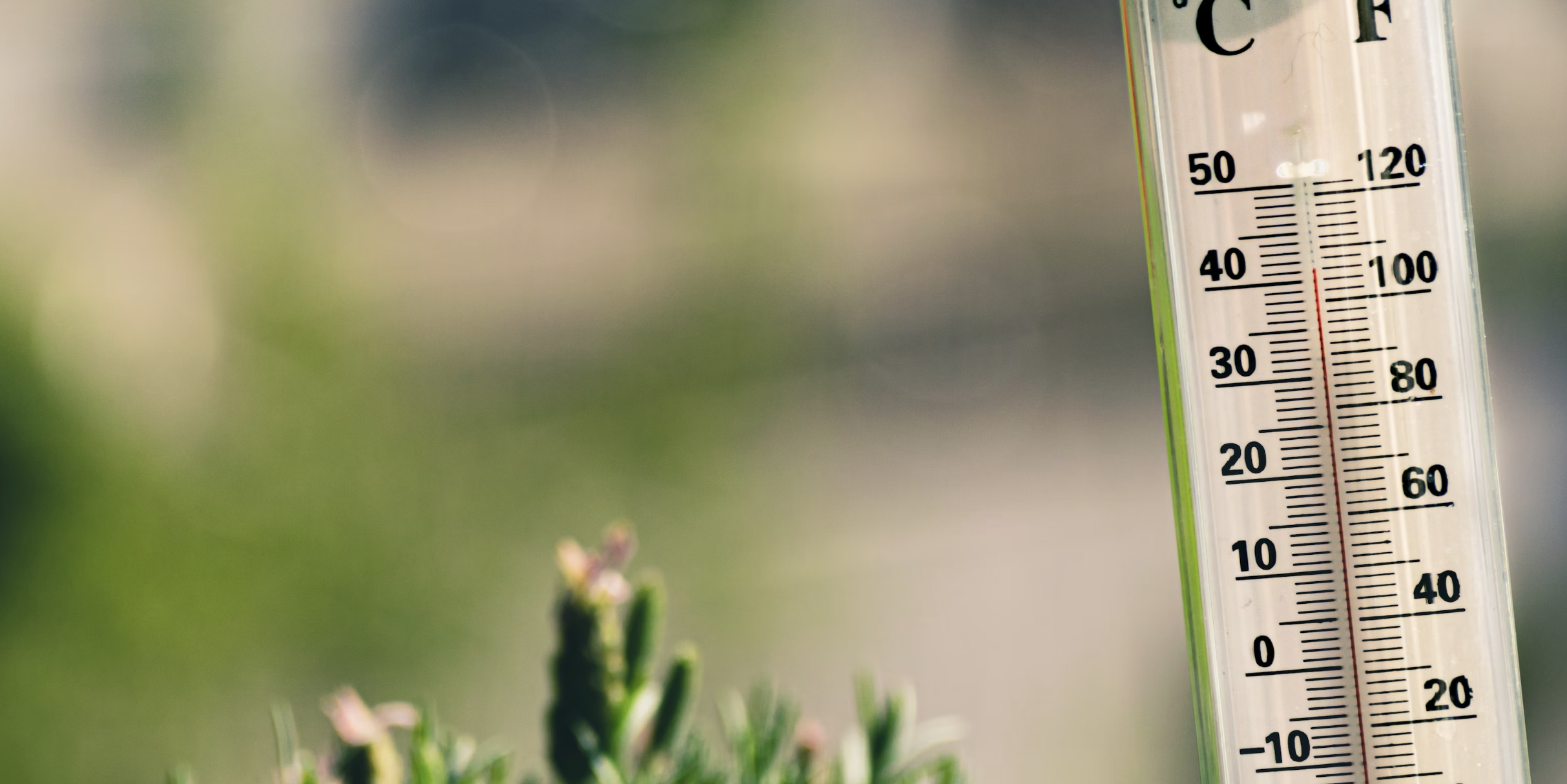
Attention all gardeners! If you want to take your plant care to the next level, then you absolutely need a high-quality thermometer. Yes, you heard it right – a thermometer. You may be wondering, why on earth would a gardener need a thermometer? Well, let me tell you, it's not just a fancy gadget. Having a thermometer specifically designed for gardening can be a game-changer.
Temperature plays a crucial role in plant health and growth. When you know the exact temperature of your garden, you can make informed decisions about when to water, when to shelter your plants, and when to give them a little extra love. A high-quality thermometer will provide you with accurate readings, ensuring that your plants receive the optimal care they deserve.
But not all thermometers are created equal. That's why it's important to invest in a reliable brand that specializes in gardening tools. With the right thermometer by your side, you'll be able to monitor temperature fluctuations with ease and keep your plants thriving. So, don't wait any longer – get yourself a high-quality thermometer and take your gardening skills to new heights.
Importance of temperature in plant care
Maintaining the right temperature is essential for the overall well-being of your plants. Different plants have different temperature requirements, and understanding these requirements is key to their success. Extreme temperatures can lead to stress, wilting, and even death of your beloved plants.
Monitoring temperature fluctuations allows you to take proactive measures to protect your plants. For example, if you know that frost is expected overnight, you can cover your sensitive plants to prevent damage. Likewise, if the temperature is soaring, you can provide shade or mist your plants to keep them cool and hydrated. A high-quality thermometer is your secret weapon in the battle against temperature-related plant stress.
Not only does temperature affect the immediate health of your plants, but it also impacts their long-term growth. Certain plants require specific temperature ranges for optimal growth and flowering. By constantly monitoring the temperature, you can create a favorable environment that promotes healthy growth, vibrant blooms, and bountiful harvests.
How a high-quality thermometer can help gardeners
Now that we understand the importance of temperature in plant care, let's explore how a high-quality thermometer can revolutionize your gardening experience. A dedicated gardening thermometer goes beyond simply providing a temperature reading. It offers features and functionalities specifically designed to meet the unique needs of gardeners.
One of the key advantages of a high-quality thermometer is its accuracy. Generic thermometers may not provide precise readings, leaving you guessing about the actual temperature in your garden. However, a thermometer designed for gardening will offer reliable and accurate measurements, giving you the confidence to make informed decisions regarding your plants.
Another benefit of a gardening thermometer is its versatility. Different types of thermometers cater to various gardening scenarios. For instance, a soil thermometer allows you to monitor the temperature of the soil, which is crucial for seed germination and root development. On the other hand, an infrared thermometer can quickly measure the temperature of leaves and flowers, providing valuable insights into plant health.
Different types of thermometers for gardeners
When it comes to thermometers for gardening, there are several options available. The choice of thermometer depends on your specific needs and preferences. Let's explore some of the most commonly used thermometers by gardeners:
1. Soil Thermometers: As the name suggests, these thermometers are designed to measure the temperature of the soil. They come with a long probe that you can insert into the ground to get an accurate reading. Soil thermometers are particularly useful for seed starting, as different seeds have different temperature requirements for germination.
2. Digital Thermometers: These thermometers use electronic sensors to measure temperature. They are quick, easy to use, and provide accurate readings. Digital thermometers often come with additional features such as memory function, backlight display, and programmable alarms.
3. Infrared Thermometers: These non-contact thermometers measure temperature by detecting infrared energy emitted by objects. They are ideal for measuring the temperature of leaves, flowers, and other plant parts, without the need for physical contact. Infrared thermometers are quick and convenient, making them a favorite among gardeners.
4. Wireless Thermometers: These thermometers consist of a sensor that is placed outdoors and a receiver that displays the temperature inside your home or greenhouse. They are especially useful if you have a large garden or multiple growing areas, as you can monitor the temperature from a distance.
Features to look for in a high-quality thermometer
When choosing a high-quality thermometer for your gardening needs, there are a few key features to consider. These features will ensure that you get the most out of your investment and provide accurate temperature readings for your plants. Here are some essential features to look for:
1. Accuracy: The most important feature of any thermometer is its accuracy. Look for thermometers that have been tested and proven to provide precise readings. This will help you make informed decisions about your plants' care.
2. Durability: Gardening can be a messy business, and your thermometer should be built to withstand the elements. Look for thermometers made from high-quality materials that are waterproof and resistant to damage from sun exposure.
3. Ease of Use: Gardening should be enjoyable, not complicated. Choose a thermometer that is easy to use and read. Look for clear displays, intuitive controls, and straightforward instructions.
4. Range: Different plants have different temperature requirements. Make sure your thermometer has a wide temperature range to accommodate various gardening scenarios. This will allow you to monitor both extreme hot and cold temperatures.
5. Additional Features: Some thermometers come with extra features that can enhance your gardening experience. These may include programmable alarms, memory functions, data logging capabilities, and wireless connectivity.
Best practices for using a thermometer in gardening
Now that you have a high-quality thermometer in hand, it's time to put it to good use. Here are some best practices to ensure you get accurate temperature readings and make the most of your gardening thermometer:
1. Proper Placement: To get accurate temperature readings, it's important to place your thermometer in the right location. For soil thermometers, insert the probe at the same depth as your plant's roots. For infrared thermometers, aim the sensor at the target object from a distance specified by the manufacturer.
2. Regular Monitoring: Temperature can fluctuate throughout the day, so it's important to monitor it regularly. Make it a habit to check the temperature in the morning and evening, as well as during extreme weather conditions.
3. Record Keeping: Keeping track of temperature readings can provide valuable insights into your garden's microclimate. Maintain a garden journal or use a digital app to record temperature data and note any observations or changes in plant behavior.
4. Calibrate Your Thermometer: Over time, thermometers can lose their accuracy. To ensure your thermometer is providing accurate readings, it's a good practice to calibrate it periodically. Follow the manufacturer's instructions to calibrate your thermometer correctly.
5. Use Temperature to Inform Plant Care: Armed with accurate temperature readings, you can now make informed decisions about your plant care routine. Adjust watering schedules, provide shade during hot spells, and take preventive measures during frost warnings based on the temperature data.
Common temperature-related plant care issues
Temperature-related plant care issues are common among gardeners. Understanding these issues can help you identify and address problems before they escalate. Here are a few temperature-related plant care issues you may encounter:
1. Frost Damage: Frost can be devastating to plants, causing them to wilt and die. A sudden drop in temperature can be detrimental, especially for tender plants. By monitoring the temperature with your thermometer, you can take preventive measures such as covering plants or bringing them indoors during frost warnings.
2. Heat Stress: High temperatures can stress plants, leading to wilting, sunburn, and diminished growth. With a high-quality thermometer, you can identify heat stress and take immediate action to cool your plants down. Providing shade, misting with water, or using reflective mulch are effective ways to combat heat stress.
3. Cold Stratification: Some seeds require a period of cold stratification, where they are exposed to low temperatures for a specific duration before germination can occur. By monitoring the temperature with a soil thermometer, you can ensure that your seeds receive the necessary cold treatment for successful germination.
4. Nutrient Uptake: Temperature affects nutrient uptake in plants. When the temperature drops, the uptake of essential nutrients slows down, leading to nutrient deficiencies. By maintaining optimal temperature conditions, you can ensure that your plants receive the nutrients they need for healthy growth.
Tips for maintaining optimal temperature conditions for plants
Maintaining optimal temperature conditions for your plants is crucial for their overall health and productivity. Here are some tips to help you create a favorable environment for your plants:
1. Know Your Plants: Different plants have different temperature preferences. Research the temperature requirements of the plants in your garden and create microclimates to accommodate their needs. Group plants with similar temperature requirements together for easier maintenance.
2. Provide Shade: During hot summer months, providing shade can protect your plants from excessive heat and sunburn. Use shade cloth, umbrellas, or strategically place your plants under larger trees or structures to create shade.
3. Mulch: Applying a layer of organic mulch around your plants can help regulate soil temperatures. Mulch acts as insulation, keeping the soil cool in hot weather and warm in cold weather. It also helps retain moisture, reducing the need for frequent watering.
4. Watering: Watering your plants at the right time and in the right amount is crucial for temperature regulation. Water your plants early in the day to allow them to absorb moisture before the temperature rises. Avoid watering in the evening, as wet foliage overnight can promote fungal diseases.
5. Ventilation: Proper airflow is essential for maintaining optimal temperature conditions. Ensure good ventilation in your greenhouse or indoor growing area by using fans, vents, or open windows. This will help prevent heat buildup and minimize the risk of fungal diseases.
Recommended high-quality thermometers for gardeners
Now that you understand the importance of a high-quality thermometer in gardening and the features to look for, let's explore some top recommendations:
1. AcuRite 00613 Indoor Thermometer & Hygrometer: This digital thermometer monitors both temperature and humidity, making it an ideal choice for indoor gardening. It has a large display, memory function, and can be easily mounted on walls or placed on a tabletop.
2. REOTEMP Garden and Compost Thermometer: Designed specifically for composting and gardening, this thermometer has a long probe that can measure soil temperature accurately. It features a large dial display, a sturdy construction, and is suitable for both professional and amateur gardeners.
3. Etekcity Lasergrip 774 Infrared Thermometer: This non-contact infrared thermometer allows you to measure the temperature of leaves, flowers, and other plant parts without touching them. It has a wide temperature range, a backlit display, and a built-in laser for precise targeting.
4. La Crosse Technology Wireless Thermometer: If you have a large garden or greenhouse, this wireless thermometer is a great choice. It consists of a sensor that can be placed outdoors and a receiver that displays the temperature inside your home. It has a long wireless range, multiple sensors can be added, and it comes with a customizable temperature alert.
Remember, these are just a few examples of high-quality thermometers available in the market. Do your research, read customer reviews, and choose the one that best suits your gardening needs.
Where to buy high-quality thermometers for gardening
You can purchase high-quality thermometers for gardening from various sources. Here are some options to consider:
1. Garden Centers and Nurseries: Local garden centers and nurseries often carry a range of gardening tools, including thermometers. Visit your nearest garden center and ask for recommendations from the staff.
2. Online Retailers: Online specialized gardening websites offer a wide selection of thermometers for gardening. Such as My Vegetable Garden, who stock a complete range.
3. Manufacturer's Websites: Many thermometer manufacturers have their own websites where you can find detailed information about their products, as well as make a direct purchase. This is a great option if you want to learn more about the brand and its reputation.
4. Hardware and Home Improvement Stores: Some hardware and home improvement stores carry gardening supplies, including thermometers. Check with your local store to see if they have a gardening section and if they stock thermometers.
When purchasing a thermometer, make sure to buy from a reputable seller and choose a brand known for its quality and accuracy. Investing in a high-quality thermometer will pay off in the long run, as it will provide you with reliable temperature readings and help you achieve optimal plant care.
Conclusion: The value of investing in a high-quality thermometer for optimal plant care
In conclusion, a high-quality thermometer is an essential tool for every gardener. It allows you to monitor temperature fluctuations, make informed decisions about your plant care routine, and maintain optimal temperature conditions for your plants. By investing in a reliable thermometer specifically designed for gardening, you ensure that your plants receive the care they deserve, resulting in healthier growth, vibrant blooms, and bountiful harvests.
So, don't wait any longer – get yourself a high-quality thermometer and take your gardening skills to new heights. Your plants will thank you for it!



